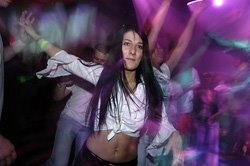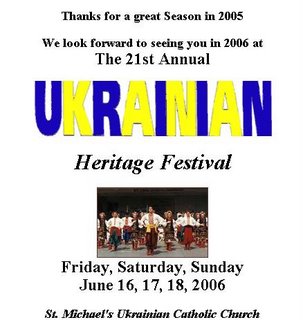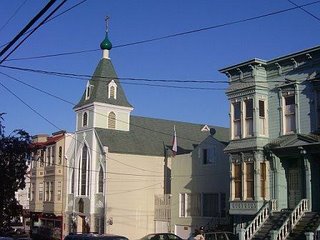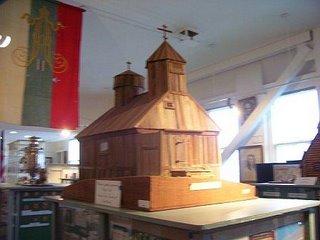 The Organization for the Defense of Lemko Western Ukraine is organizing its sixth annual Lemko Vatra upstate on the campgrounds of the Ukrainian Youth Association near Ellenville.
The Organization for the Defense of Lemko Western Ukraine is organizing its sixth annual Lemko Vatra upstate on the campgrounds of the Ukrainian Youth Association near Ellenville.The full schedule of events kicks off on Saturday at 2:00 p.m. with a soccer game, followed by opening ceremonies and performances by the Metelytsia Quartet, the Oros Sisters, the Budem Razom ensemble, Ina Sydorak and others, at 3:00 p.m. The pig roast starts at 4:30 p.m., followed by the lighting of the bonfire (vatra) at 6:00 p.m. with more music and dance performances by Pid Oblachkom, Ivo Bobul, Chetverta Khvyla and Vidlunya, Iskra and others. The evening continues at 9:00 p.m. with two zabavas (parties) featuring Halychany and Chetverta Khvyla.
Sunday events begin at 10:00 a.m. with a divine liturgy, followed at 2:00 p.m. by a lecture by Mgr. Katherine Mycio entitled “Ruins of the Ukrainian Ethnographic Territory Beyond the Curzon Line.” Closing ceremonies begin at 5:00 p.m.
The Organization for the Defense of Lemko Western Ukraine represents the segment of the Lemko community which considers itself to be a sub-branch of the Ukrainian nation; others (primarily represented by the Carpatho-Rusyn Society) consider themselves to be part of a separate Carpatho-Rusyn people. Nevertheless, this event should attract a broad Lemko audience, Ukrainophiles as well as Rusynophiles.
For more information, call 973-772-3344 or 203-762-5912, or email vatraUSA@aol.com; for room reservations, call 845-647-7230 or email ellenville@cym.org. Click here for directions to the campgrounds.





























